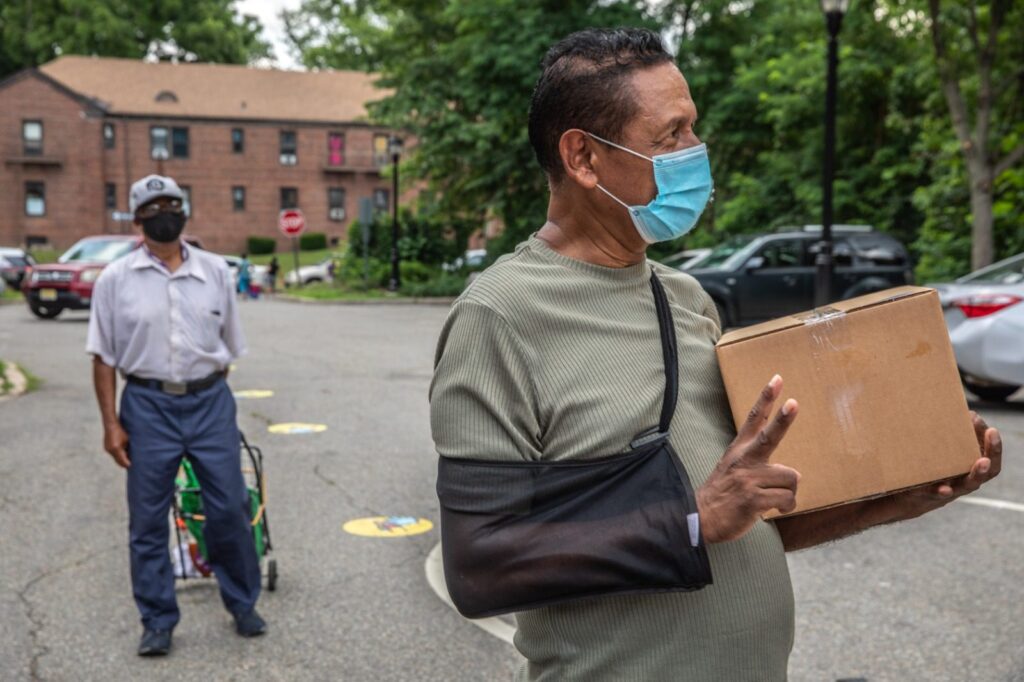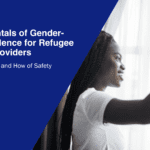Studies included in the database focused on high-income or upper middle-income countries, including but not limited to the United States. Studies included must have been published since 2000. To identify evidence related to emergency preparedness among refugees, we searched the following websites and databases using the following population, methodology, and target problem terms:
| Websites and Databases |
Population Terms |
Methodology Terms |
Target Problem Terms |
Campbell Collaboration
Cochrane Collaboration
Mathematica Policy Research
Evidence Aid
Urban Institute
Migration Policy Institute
HHS OPRE
Medline
ASSIA
Social Services Abstracts
Social Work Abstracts
ReliefWeb
ALNAP |
refugee
OR
immigrant
OR
“unaccompanied minor”
OR
asylee
OR
“temporary protected status”
OR
“victims of traffick*”
OR
“traffick*victims”
OR
T-Visa
OR
U-Visa
OR
Cuban
OR
Haitian
OR
Amerasian |
evaluation
OR
impact
OR
program
OR
intervention
OR
policy
OR Project
OR
train*
OR
therapy
OR
treatment
OR
counseling
OR
workshop
OR
review
OR
meta-analysis
OR
synthesis |
“disaster prepared*”
OR
“emergency prepared*”
OR
pandemic |
For databases or websites that permitted only basic searches, free-text terms and limited term combinations were selected out of the lists above, and all resultant studies were reviewed for relevance. Conversely, for databases or websites with advanced search capability, we made use of relevant filters available. All search terms were searched in the title and abstract fields only in order to exclude studies that made only passing mention of the topic under consideration.
After initial screening, Switchboard evidence mapping is prioritized as follows:First priority is given to meta-analyses and systematic reviews, followed by individual impact evaluations when no meta-analyses or systematic reviews are available. Evaluations that are rated as impact evidence are considered before those rated as suggestive, with the latter only being included for outcomes where no evidence is available from the former. As noted earlier, for the present topic of refugee emergency preparedness, no meta-analyses, systematic reviews, or impact evaluations were available; thus,suggestive studies were included




